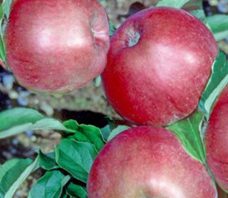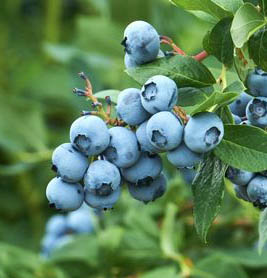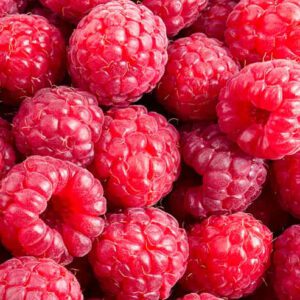Description
The Bismarck apple tree is a unique and historic variety known for its large, flavorful fruits and vigorous growth. Originating from Germany, this apple tree produces large, juicy apples that are excellent for fresh eating, baking, and cider making. With its impressive size and reliable fruit production, the Bismarck apple tree is a popular choice for orchards, home gardens, and heritage fruit enthusiasts seeking a taste of tradition and quality.
Description:
Tree Size: Bismarck apple trees typically grow to a large size, forming a broad and spreading canopy with strong branches.
Fruit Size: The fruits of the Bismarck apple tree are notably large, often exceeding the average size of other apple varieties.
Fruit Colour: Bismarck apples feature a greenish-yellow skin with occasional red blushes and striping, giving them a distinctive and attractive appearance.
Ripening Time: This apple variety typically ripens in mid to late autumn, providing a late-season harvest that extends the apple-picking season.
Pollination: Bismarck apple trees are partially self-fertile but benefit from cross-pollination with another compatible apple variety for increased fruit set and yield. They are compatible with a wide range of apple varieties for pollination.
Growing and Caring:
Suitable Climate: Bismarck apple trees thrive in temperate climates with cool summers and moderate winters, displaying good tolerance to frost and cold weather conditions.
Sunlight: Full sun exposure is preferred for Bismarck apple trees, ensuring maximum fruit production and quality.
Soil Requirements: Well-drained, fertile soil with good moisture retention is ideal for Bismarck apple trees. They can tolerate various soil types but perform best in loamy soil with a slightly acidic pH.
Watering: Regular watering is essential, especially during periods of drought or hot weather, to maintain adequate soil moisture for healthy tree growth and fruit development.
Pruning: Pruning is necessary to maintain the shape and structure of the tree, promote airflow, and encourage fruiting. It is recommended to prune Bismarck apple trees during the dormant season.
Fertilisation: Applying a balanced fertilizer in the spring helps provide essential nutrients for vigorous growth and abundant fruit production.
Mulching: Mulching around the base of the tree helps conserve soil moisture, suppress weed growth, and improve soil structure.
Pest and Diseases: Bismarck apple trees may be susceptible to common apple pests and diseases, so regular monitoring and appropriate pest management practices are advisable.
Attractive Features of Bismarck Apple Tree for Orchards and Gardens:
- Exceptional Flavor: The Bismarck apple is prized for its sweet, juicy flesh and excellent flavor, making it ideal for fresh eating and a wide range of culinary uses.
- Large, Attractive Fruits: With their impressive size and attractive colouring, Bismarck apples make a striking addition to fruit displays and culinary presentations.
- Historical Significance: With its origins dating back to Germany in the 19th century, the Bismarck apple tree carries with it a sense of history and tradition, adding cultural significance to orchards and gardens.
- Versatile Culinary Uses: Whether enjoyed fresh, baked into pies, or pressed into cider, Bismarck apples lend themselves well to a variety of culinary creations, with their firm texture and sweet flavor.
- Reliable Fruit Production: Bismarck apple trees exhibit vigorous growth and consistent fruiting, providing a reliable harvest year after year for home orchards and commercial growers.
- Late-Season Harvest: Ripening in mid to late autumn, Bismarck apples extend the apple harvest season, providing fresh fruit well into the fall months when other varieties may no longer be available.
- Partial Self-Fertility: While benefiting from cross-pollination, Bismarck apple trees can set fruit with their own pollen to some extent, ensuring consistent fruit production even when other apple trees are not nearby.




